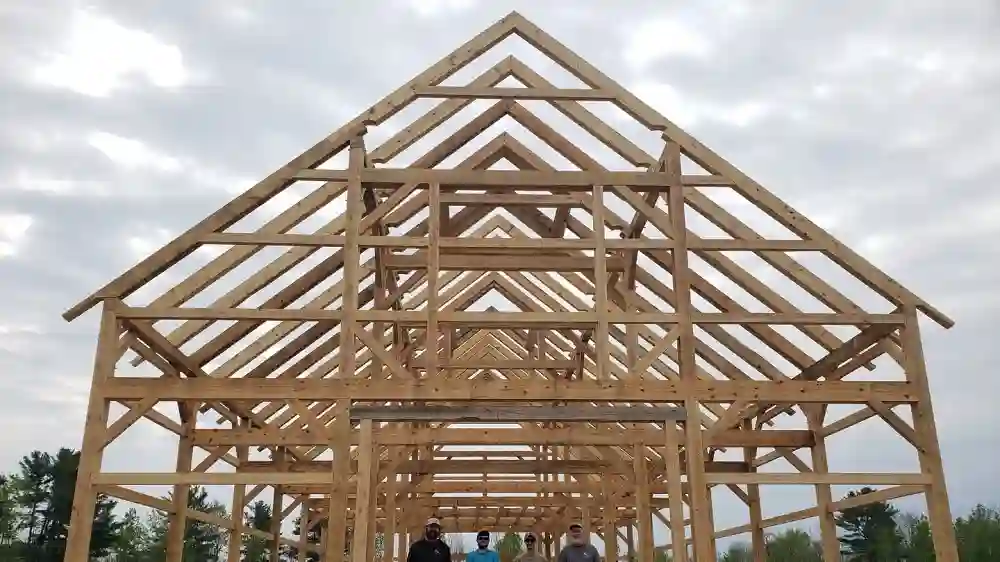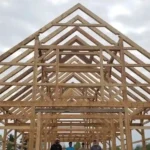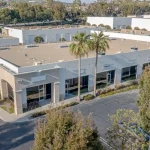When you think of a barn, what pops into your mind? Maybe a cozy countryside scene, wooden beams that have stood the test of time, and that unmistakable rustic charm that just feels… right. That’s exactly what timber frame barns bring to the table — sturdy construction combined with a timeless aesthetic that works for farms, homes, event spaces, and more. If you’re dreaming about a barn that’s not only functional but also an eye-catching statement piece, then timber frame barns are your go-to.
Let’s dig into why these barns are built to last and how they carry that classic rustic vibe so well.
What Are Timber Frame Barns?
Before we dive deeper, let’s get on the same page about what timber frame barns really are.
The Basics of Timber Framing
Timber framing is an old-school building method that uses large, heavy wooden beams connected by mortise and tenon joints — no nails or metal fasteners needed! This technique dates back centuries, and it’s been used for everything from medieval castles to quaint farm buildings.
Key features of timber frame barns include:
- Large, exposed wooden beams
- Heavy-duty joinery (think pegs or wooden dowels)
- Open interiors with minimal need for load-bearing walls
- Natural wood grain and textures that add character
Why Choose Timber Frame Barns?
There’s something magical about timber frame barns that modern metal or pole barns just can’t replicate. Here’s why they’re still a popular choice today.
Durability That Stands the Test of Time
One of the biggest perks of timber frame barns is their strength. These barns can stand firm for generations if built right.
- Heavy timber beams resist warping and cracking better than smaller lumber
- The joinery technique allows natural wood movement without weakening the structure
- Resistant to high winds and heavy snow loads
Classic Rustic Charm That Never Goes Out of Style
There’s no denying it — timber frame barns ooze charm. The exposed beams, the warm wood tones, and the handcrafted feel make these barns uniquely inviting.
- Perfect for rural settings and historic properties
- Adds warmth and character even in modern or suburban landscapes
- Popular for barn weddings, event spaces, and guest houses because of their visual appeal
Building Your Own Timber Frame Barn: What to Expect
Thinking of going the timber frame barn route? Here’s what you should know about the building process and key considerations.
Materials and Sourcing
Good timber is the heart of these barns.
- Usually made from hardwoods like oak, Douglas fir, or pine
- Locally sourced wood often preferred for authenticity and sustainability
- Timber beams are milled and sometimes hand-hewn for that traditional look
Construction Steps Overview
Building timber frame barns follows a traditional, well-tested sequence:
- Design and Planning — Decide on size, layout, and style
- Timber Selection and Preparation — Cutting beams to size and shaping joints
- Frame Assembly — Joinery takes center stage here; frame is “raised” on-site
- Roofing and Exterior Finish — Typically wood shingles, metal roofing, or shakes
- Interior and Functional Additions — Stalls, lofts, doors, windows, etc.
DIY vs Professional Help
- Timber frame barns require skill, especially in joinery
- Many people hire professionals for framing and raising the structure
- DIY is possible with the right tools and patience but expect a learning curve
Advantages of Timber Frame Barns Over Other Barn Types
If you’re torn between different barn styles, here’s why timber frame barns might just win you over.
Longevity and Low Maintenance
- Heavy timber lasts longer than steel or pole barn materials
- Wood naturally insulates, reducing heating and cooling costs
- Easy to repair; damaged beams can be replaced without tearing down walls
Flexibility and Aesthetic Appeal
- Open floor plans make barn interiors versatile
- The structure can be adapted for various uses: storage, animals, workshops, or living spaces
- The exposed frame makes every barn unique and visually interesting
Eco-Friendly Building Choice
- Timber is renewable and biodegradable
- Sustainable forestry practices minimize environmental impact
- The construction process uses fewer metal components, lowering carbon footprint
Caring for Your Timber Frame Barn
To keep that beauty and durability intact, a little upkeep goes a long way.
Maintenance Tips
- Regular inspections for cracks, insect damage, or rot
- Treat the wood with natural preservatives or stains to protect against weather
- Ensure good ventilation to prevent moisture buildup inside the barn
- Repair or replace damaged beams promptly
Classic Rustic Charm: How Timber Frame Barns Bring It Home
Here’s the real reason timber frame barns are so beloved — their vibe.
The Visual Appeal
- Exposed beams create an inviting atmosphere you just don’t get with metal barns
- The natural wood tones age gracefully, developing a lovely patina
- Custom details like carved posts, trusses, or loft railings add personality
Perfect for Multiple Uses
Timber frame barns aren’t just for hay storage anymore. People are getting creative with them:
- Rustic event venues or wedding barns
- Cozy guest houses or studios
- Stylish workshops or home gyms
- Agricultural uses with a bit of flair
Final Thoughts: Why Timber Frame Barns Are a Timeless Choice
If you want a barn that’s tough, practical, and has that classic, warm, rustic look — timber frame barns check all the boxes. Their construction method is a nod to craftsmanship, their durability means they’re here for the long haul, and their charm makes any property instantly more inviting.
So whether you’re farming, throwing amazing barn parties, or just craving that countryside vibe, timber frame barns offer something truly special. They’re more than just buildings — they’re living pieces of history with a whole lot of heart.
Remember, timber frame barns aren’t just about function; they’re about creating a space that feels like home — sturdy, welcoming, and full of character.












